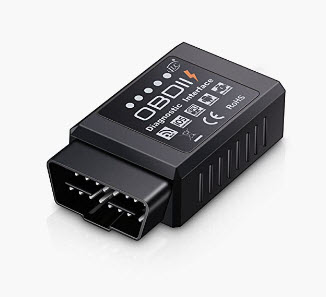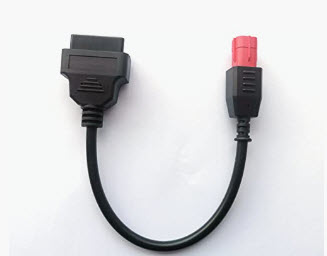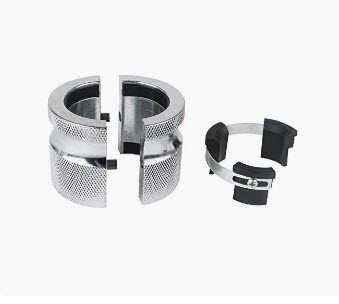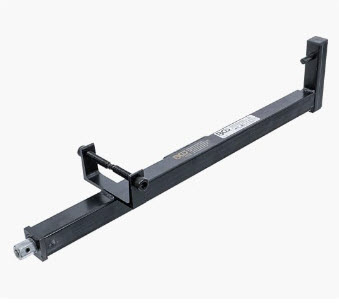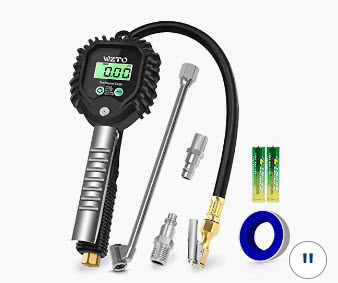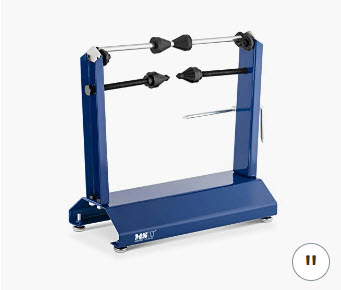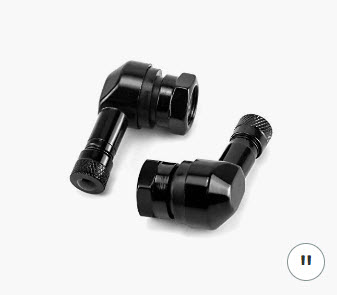Understanding Motorcycle Front Fork Suspension Mid-Valves: What They Do and Why They Matter

If you’re diving deeper into the mechanics of motorcycle suspension, you’ve probably come across the term mid-valve—especially when dealing with front forks. But what exactly is a mid-valve, and how does it affect your ride?
Let’s break it down.

What Is a Mid-Valve?
Inside most modern cartridge-style front forks, the mid-valve is a crucial component in controlling compression damping. Unlike the base valve (often located at the bottom of the fork), the mid-valve sits on the piston inside the damping cartridge. As the fork compresses, oil flows through the piston—and that’s where the mid-valve comes into play.

In simple terms, the mid-valve adds an additional level of control over how oil flows during compression. It works with or instead of the base valve, depending on the fork design, to fine-tune how the suspension handles impacts, terrain changes, and braking forces.
What Does the Mid-Valve Do?
The mid-valve’s main job is to manage oil flow during compression stroke—especially the high-speed kind, like when you hit a pothole or land a jump. It does this using a shim stack, which flexes under pressure to allow oil through. By adjusting the stiffness and arrangement of these shims, suspension tuners can customize how the fork reacts to different inputs.

Here’s what the mid-valve affects:
- Front-end feel and traction
- Brake dive control
- Stability over rough terrain
- Progressiveness of damping
When properly tuned, a mid-valve makes your suspension more responsive and better balanced between comfort and performance.
Mid-Valve vs. Check Valve Systems
Some forks, especially on budget or older bikes, use check valve systems instead of true mid-valves. Check valves only allow oil to flow in one direction and don’t offer real damping control—they’re basically on/off switches.

Mid-valves, on the other hand, offer variable resistance, which is why high-performance or racing suspensions almost always include them.

If you’re upgrading or rebuilding your forks, converting from a check valve to a proper mid-valve setup can be a game changer.
When Should You Tune or Upgrade Your Mid-Valve?
You might want to look into tuning or upgrading your mid-valve if:
- Your front suspension feels harsh over small bumps but bottoms out on big hits.
- You’re experiencing excessive brake dive or instability under load.
- You’ve changed your riding style or terrain (e.g., street to off-road).
- You’re upgrading to a full revalve kit or race-spec suspension.

Even small changes to the mid-valve shim stack can have a big impact. That’s why it’s usually a job for an experienced suspension tech—but learning the basics can help you communicate what you want from your setup.
Final Thoughts
The mid-valve might be hidden inside your forks, but its effect on your ride is anything but subtle. Understanding how it works—and how it fits into the overall damping system—can give you a whole new appreciation for suspension tuning.

Whether you’re a weekend rider or chasing tenths on the track, dialing in your mid-valve could be the key to unlocking your bike’s full potential.
Got questions about mid-valves or tuning your suspension? Drop them in the comments!



